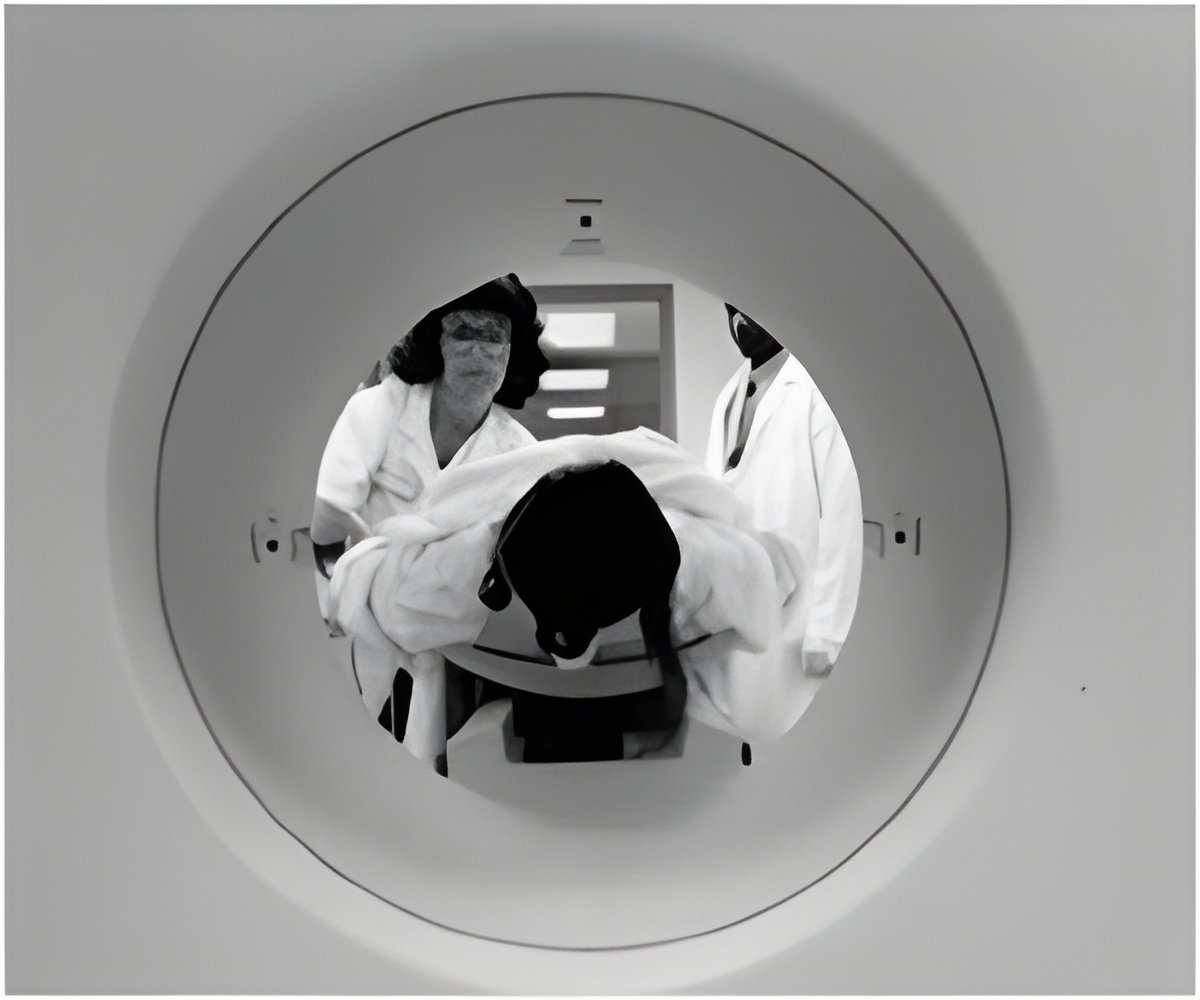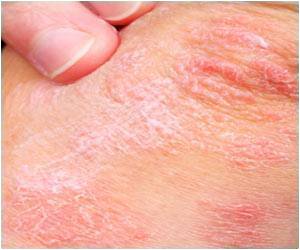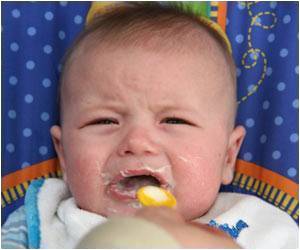
However, CT scans are expensive and expose patients to ionizing radiation. "This algorithm was developed by a multidisciplinary group of pediatric emergency room physicians, pediatric surgeons and radiologists to eliminate unnecessary exposure to radiation," explains Michael B. Ishitani, M.D., lead author of the study.
The study compared pediatric patients, under the age of 18, who underwent an appendectomy for acute appendicitis pre-algorithm implementation and post-implementation. Researchers studied 331 pediatric cases over the course of five years, and found that CT utilization decreased from 39 percent to 18 percent after the algorithm was in place.
Researchers found that when the algorithm was implemented, use of CT scans in patients dropped by over 50 percent, without affecting diagnostic accuracy, proving that reducing the use of CT scans when evaluating patients for appendicitis is safe and cost-effective.
"Implementation of this algorithm across multiple centers is the ideal outcome of this study, followed by further evaluations over time to ensure that the low rate of CT scan use continues," says Dr. Ishitani.
Advertisement










